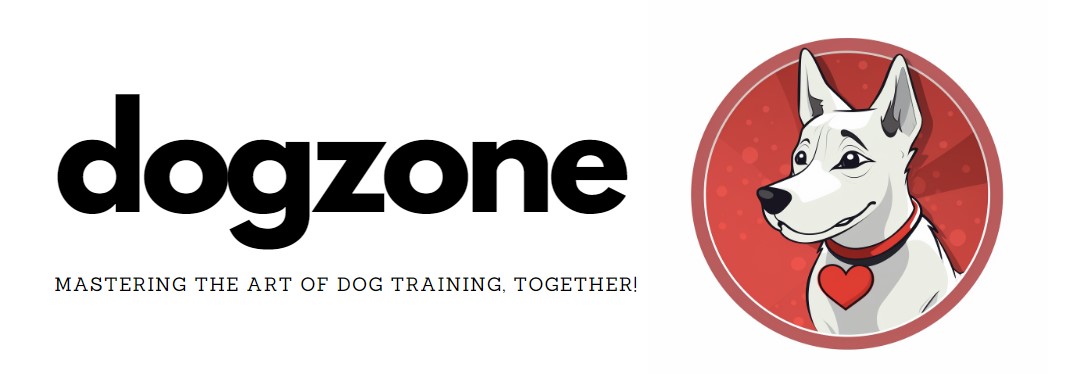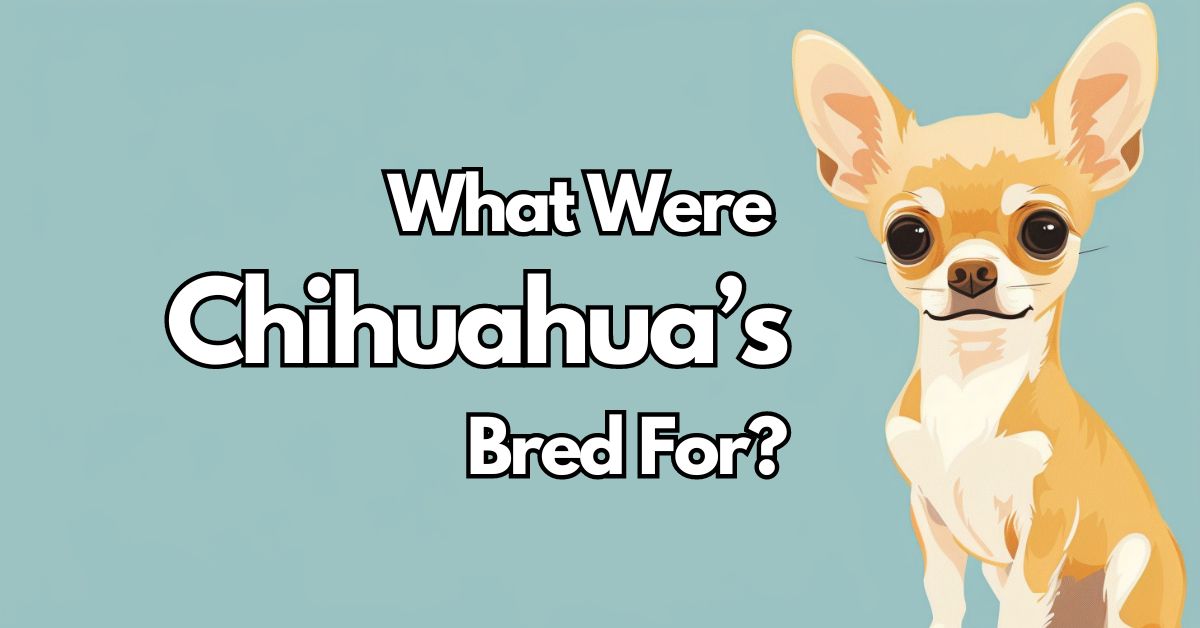Part of: New Puppy: A Complete Guide to Puppy Training!
Breeders expect puppies to act like puppies – to pee and poop everywhere and to chew whatever they find.
Once a puppy is adopted into a family home, however, training ‘Human Home Etiquette’ will become your #1 priority.
A good puppy class will emphasise social skills such as friendliness to dogs and people, easy handling and grooming, sharing food and toys and learning to be alone without destroying the home or garden.
Obedience training should also begin at this time and will enhance your ability to communicate and manage your puppy as he grows into adolescence.
However, the most urgent training issues for both you and your puppy are:
To Teach Your Puppy to Toilet Outside
Statistics have shown dogs who are relegated to the backyard are more likely to engage in nuisance behaviours such as barking, hyperactivity and destructive chewing, and are also more likely to end up in animal shelters.
This can be prevented if your puppy learns that the house is for socialising and the garden is for toileting.
Begin by confining your puppy to a small part of your home where he can be supervised (but not isolated) and mistakes won’t be a disaster.
After every play, sleep, meal or drink attach a light lead and take your puppy outside to the garden.
The lead is optional but is useful as a context cue that will tell your puppy you are on a ‘toileting mission’ rather than just playing or working in the garden.
Move slowly with your puppy but don’t crowd him. Choose a verbal cue that you won’t be embarrassed to say in public such as ‘hurry up’ and say it in the same tone of voice every time your pup toilets.
Praise him and reward with several food treats.
Don’t rouse on your puppy even if you do catch him ‘in the act’. A gentle re-direct is all that is needed. An angry response will only convince your puppy to stop peeing in front of you anywhere and your trips to the garden will be long and uneventful with your puppy finding relief instead in the privacy of a bedroom or behind the couch. These areas will attract your puppy again and soon a long term toileting problem becomes established.
Set your puppy up for success with lots of rewarding trips to the garden!
Eventually simply getting out the lead, heading for the garden and using your cue word will be ample information to trigger a toileting response.
Attention – “I’m talk’n to YOU!”
Obedience training begins with ‘attention’ or ‘your name means look at me’.
Start by simply saying your puppy’s name whenever he looks at you.
In this way you are labelling the behaviour of looking at you with your puppy’s name.
The next step is to call your puppy’s name and see if he turns to look at you – if he does, immediately reward with praise, a treat or a game. If he doesn’t, use a prompt first such as clapping hands or making a funny noise. When your puppy does look immediately say his name and reward.
By using a prompt to get your puppy’s attention instead of repeating his name over and over again, you avoid accidentally training your puppy to ignore his name.
Always follow a response to his name with a positive experience.
‘Come’
From a safety point of view ‘come’ is probably the single most important behaviour your puppy will ever learn.
A dog that will not come when called can rarely be off lead and is at risk of serious injury.
There are two aspects to teaching ‘come’:
First, you want coming to you and being held close to ‘ALWAYS BE A GOOD THING FOR DOGS’. This means punishment of any kind has no place in teaching a dog to come.
For puppies, start by crouching down low, making some funny noises and in a happy voice encourage your puppy to you. You may say ‘come’ once but don’t repeat it over and over. It’s better to use some other sort of prompt such as a clapping of hands or ‘pup, pup, pup’!
Reward your puppy every time he ‘checks in’ with praise and/or treats and games.
Second step is to teach exactly what you mean by the word ‘come.
If you stop to think about it, ‘come’ is the word for a position really close to you where you could attach a lead. If a dog comes close but stays outside the ‘gotch-ya’ zone, he has not really completed ‘come’.
To prepare your puppy for real life ‘comes’ take every opportunity at different times and in different locations, to put your hand on your puppy’s collar, hold him close and in a pleasant but directive manner say “Come”.
Use the same tone of voice you intend to use in the park and follow immediately with a treat. Do not give the treat unless you are holding the collar.
If you need to do something your puppy perceives as unpleasant such as putting him outside, going to the vets or having a bath do not call him to you. Simply go and get him. You don’t want to reward a joyful “come!” with an unpleasant consequence.
Walking on a lead
Teaching your puppy to walk on a lead is really about teaching your puppy to accept restraint.
If you allow your puppy to drag the lead all around the garden he will only learn that the lead follows him wherever he goes. When you start to hold the lead, he learns he just has to pull a little harder and the lead still follows him wherever he goes!
Rather attach a light, longish lead to your puppy and stand still allowing your puppy the full length of the lead. If your puppy pulls take no notice, if the lead remains slack with no tension on the collar, instantly reward with praise or treats.
Next, move slowly around the back garden, encouraging your puppy to walk with you. If the lead tightens stop immediately and act like a post – don’t move at all and don’t shorten the lead – just wait. When the lead slackens, immediately reward with praise and move forward.
Your puppy should be learning that pressure on the collar means ‘stop’ while no pressure on the collar means ‘go’.
If your puppy is initially reluctant to walk don’t pull – just wait. Pulling will only worry a puppy who is already unsure of the lead , teach him that a tight collar means ‘go’ and will engage his natural ‘opposition reflex’ to pull the other way. The aim is to learn to walk together not begin a lifelong game of ‘tug–o-war’.
At the same time, show your puppy where you would like him to walk by teaching him there is a ‘sweet spot’ next to your left leg where treats fall out of the sky.
Whenever your puppy is near this ‘sweet spot’ say ‘Yes!’ and dispense a treat near your left knee.
Your puppy will learn there are rewards for hanging around this area and none for pulling out in front!
Sit.
Sit should be your puppy’s default behaviour or in other words if in doubt ‘sit’.
‘Sit’ is generally much preferable to the alternatives such as jumping , running, tugging or chasing so if your puppy only reliably learns one command – sit is IT.
Let routine situations cue your puppy to sit. For example if you regularly wait for your puppy to sit before feeding, attaching a lead or walking out the door, ‘sit’ becomes a prerequisite to the desired activity.
If you are consistent puppies learn these routine ‘context cues’ very quickly and they are extremely useful for general good manners training.
However for situations which are not routine, you need to be able to ask for a ‘sit’ when required. To teach ‘sit’ slowly move a small treat above your puppy’s head. As the head goes up, the bottom will come down and ‘sit’ happens.
Remove the treat from your hand after about three repetitions and repeat using the exact same hand movement. This will soon become your visual
cue or hand signal for your puppy to sit.
When your puppy is responding to the signal nine times out of ten, it is time to add the word just before the hand signal. Because the puppy is very likely to be successful (you have already demonstrated he understands the hand signal) a strong association is quickly made between the word cue and the behaviour – avoiding the common mistake of repetitive cues such as “ sit, Sit, SIT”.
Continue to reward AFTER each correct response but begin to vary the reward – sometimes food sometimes a game, sometimes praise alone.
The Perfect Pet
The foundation behaviours listed above are both the minimum and the maximum that most people require from their pet dogs.
With just a little time and commitment every puppy can master these simple skills to become your perfect pet!


Leave a Reply